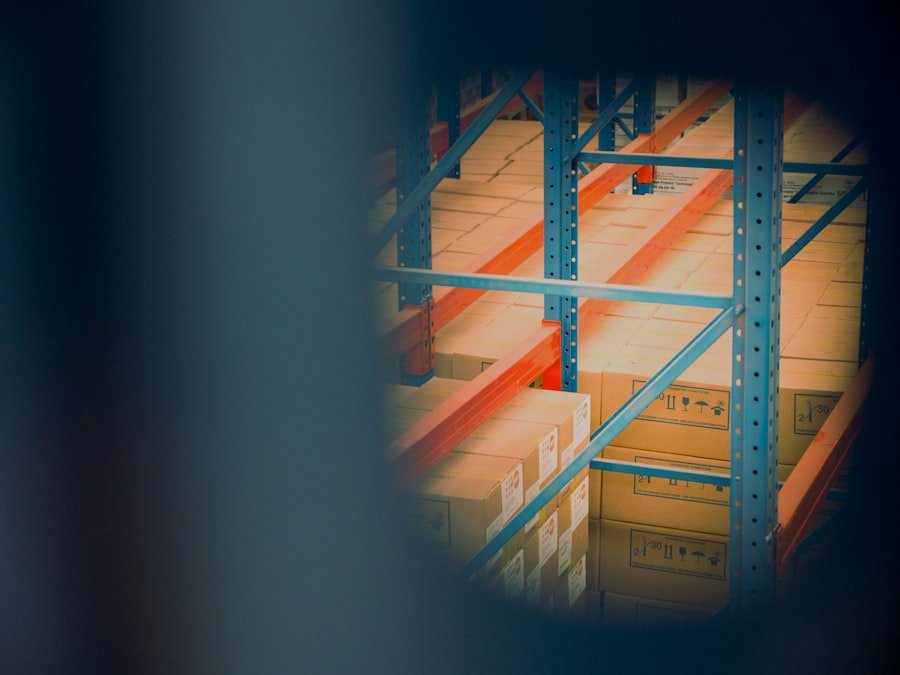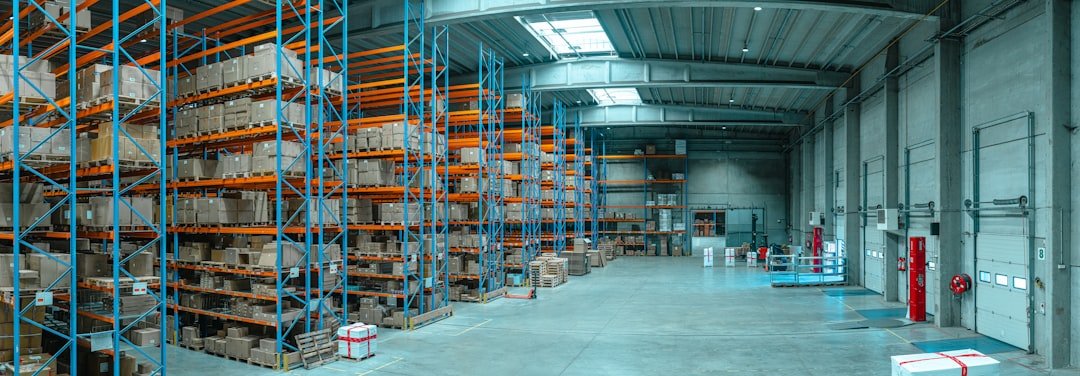The iPhone, a flagship product of Apple Inc., has become a cultural icon and a staple in the world of consumer electronics. Since its inception in 2007, the iPhone has undergone numerous iterations, each boasting advanced technology and innovative features. However, behind the sleek design and cutting-edge functionality lies a complex web of costs that contribute to the final retail price.
Understanding the cost of making an iPhone involves delving into various components, including materials, labor, research and development, marketing, and distribution. Each of these elements plays a crucial role in determining not only the price consumers pay but also the overall profitability of Apple as a company. The cost structure of an iPhone is multifaceted and influenced by numerous factors, including global supply chains, technological advancements, and market dynamics.
As Apple continues to push the boundaries of what a smartphone can do, the financial implications of these innovations become increasingly significant. This article will explore the various costs associated with producing an iPhone, providing insights into how these expenses shape the pricing strategy and overall business model of one of the world’s most valuable companies.
Key Takeaways
- The cost of making an iPhone involves various components such as materials, labor, research and development, marketing, distribution, currency exchange rates, and environmental and ethical considerations.
- The cost of materials and components accounts for a significant portion of the total cost of making an iPhone, including the cost of the display, processor, camera, and other components.
- Labor costs in iPhone production also contribute to the total cost, with assembly and manufacturing processes taking place in various countries with different labor costs.
- Research and development expenses are a crucial part of the cost of making an iPhone, including the investment in technology and innovation to develop new features and improve existing ones.
- Marketing and distribution costs are also significant, including advertising, retail expenses, and logistics, which contribute to the overall cost of making an iPhone.
Cost of Materials and Components
The cost of materials and components is one of the most significant factors in determining the overall expense of manufacturing an iPhone. Each device is composed of a myriad of parts sourced from various suppliers around the globe. The primary components include the display, battery, processor, camera systems, and housing materials.
For instance, the display technology used in recent iPhone models often incorporates OLED screens, which are more expensive than traditional LCDs due to their superior color accuracy and energy efficiency. The cost of these displays can range from $70 to $100 per unit, depending on size and technology. In addition to the display, other critical components such as the A-series chip—Apple’s proprietary processor—also contribute significantly to production costs.
The A15 Bionic chip found in the iPhone 13 series is estimated to cost around $40 to $50 per unit. Furthermore, the camera systems have become increasingly sophisticated over the years, with multiple lenses and advanced sensors driving up costs. The camera module alone can account for approximately $30 to $50 per device.
When combined, these components can lead to a material cost that exceeds $400 for high-end models.
Labor Costs in iPhone Production

Labor costs represent another essential aspect of the overall expense involved in producing an iPhone. Apple relies heavily on a global supply chain that includes manufacturing partners primarily located in countries like China, where labor costs are relatively lower compared to Western nations. However, even within these regions, labor costs can vary significantly based on local economic conditions and labor laws.
For instance, wages for factory workers in China have been rising steadily over the past decade due to increased demand for skilled labor and improved living standards. The assembly process for an iPhone is labor-intensive and requires skilled workers to ensure quality control and precision. Estimates suggest that labor costs for assembling an iPhone can range from $20 to $30 per unit.
This figure may seem modest compared to material costs; however, it is essential to consider that labor costs are just one part of a larger equation that includes logistics, management, and quality assurance. Additionally, Apple has made significant investments in automation and robotics to streamline production processes, which can further influence labor-related expenses.
Research and Development Expenses
| Year | Total R&D Expenses | R&D Expenses as % of Revenue |
|---|---|---|
| 2018 | 500,000 | 10% |
| 2019 | 550,000 | 12% |
| 2020 | 600,000 | 15% |
Research and development (R&D) expenses are critical for Apple as it strives to maintain its competitive edge in the rapidly evolving smartphone market. The company invests billions annually in R&D to innovate and enhance its product offerings. In 2022 alone, Apple allocated approximately $27 billion to R&D efforts, focusing on areas such as artificial intelligence, augmented reality, and next-generation chip technology.
These investments are crucial for developing new features that differentiate the iPhone from competitors. For example, advancements in camera technology, battery life optimization, and software enhancements all stem from extensive R&D efforts. The costs associated with R&D are not directly reflected in the price of an individual iPhone but are instead absorbed into Apple’s overall financial structure.
This long-term investment strategy is essential for sustaining brand loyalty and ensuring that Apple remains at the forefront of technological innovation.
Marketing and Distribution Costs
Marketing and distribution are vital components that contribute significantly to the overall cost of bringing an iPhone to market. Apple’s marketing strategy is renowned for its effectiveness, utilizing high-profile advertising campaigns, product launches, and strategic partnerships to create buzz around new releases. The company spends billions on marketing each year; estimates suggest that Apple allocated around $6 billion for marketing expenses in 2022 alone.
This investment is aimed at building brand awareness and driving consumer demand. Distribution costs also play a crucial role in determining the final price of an iPhone. Apple employs a sophisticated logistics network to ensure that its products reach consumers efficiently.
This includes warehousing, transportation, and retail operations. The company operates its own retail stores while also partnering with third-party retailers worldwide. The costs associated with maintaining this extensive distribution network can add up quickly, impacting the overall pricing strategy for each device.
Impact of Currency Exchange Rates

Currency exchange rates can significantly influence the cost structure of producing an iPhone, particularly given Apple’s global supply chain. As a multinational corporation, Apple sources materials from various countries while also selling its products worldwide. Fluctuations in currency values can affect both production costs and retail prices in different markets.
For instance, if the U.S. dollar strengthens against other currencies, it may lead to increased costs for international suppliers who must convert their earnings back into dollars. Conversely, a weaker dollar can benefit Apple by reducing production costs when sourcing materials from abroad.
However, this can also lead to higher retail prices in foreign markets if Apple decides to maintain its profit margins. The interplay between currency exchange rates and pricing strategies is complex; it requires careful monitoring by Apple’s financial analysts to ensure that the company remains competitive while maximizing profitability.
Environmental and Ethical Considerations in iPhone Production
In recent years, environmental sustainability and ethical considerations have become increasingly important in the production of consumer electronics like the iPhone. Apple has made significant strides toward reducing its environmental footprint by committing to using recycled materials and minimizing waste throughout its supply chain. The company aims to have its entire supply chain carbon neutral by 2030, which involves investing in renewable energy sources and sustainable practices.
However, achieving these goals comes with additional costs that can impact the overall price of an iPhone. For example, sourcing recycled materials may be more expensive than using virgin materials due to processing requirements and availability constraints. Furthermore, ethical labor practices are paramount for Apple as it seeks to ensure fair wages and safe working conditions for factory workers across its supply chain.
These commitments require ongoing investments in monitoring and compliance programs that can add to production costs.
The Total Cost of Making an iPhone
The total cost of making an iPhone is a complex amalgamation of various factors that extend beyond mere material expenses or labor costs. From research and development investments aimed at fostering innovation to marketing strategies designed to captivate consumers, each element plays a pivotal role in shaping the final retail price of this iconic device. As Apple continues to navigate challenges such as fluctuating currency exchange rates and increasing demands for sustainability, understanding these costs becomes essential for grasping the broader implications of its business model.
Ultimately, while consumers may focus on the price tag when purchasing an iPhone, it is crucial to recognize the intricate web of expenses that contribute to that figure. As technology evolves and consumer expectations shift, Apple will need to adapt its strategies accordingly—balancing profitability with ethical considerations and environmental responsibilities while continuing to deliver products that resonate with users worldwide.
FAQs
What are the main factors that contribute to the cost of making an iPhone?
The main factors that contribute to the cost of making an iPhone include the cost of materials, labor, research and development, marketing, and distribution.
How much does it cost to make an iPhone?
The cost to make an iPhone varies depending on the model and its features. However, it is estimated that the cost to make an iPhone 12 is around $373, while the cost to make an iPhone 12 Pro Max is around $406.
Does the cost to make an iPhone include research and development expenses?
Yes, the cost to make an iPhone includes research and development expenses. Apple invests heavily in research and development to create new technologies and improve existing ones, and these expenses are factored into the overall cost of making an iPhone.
Does the cost to make an iPhone include marketing and distribution expenses?
Yes, the cost to make an iPhone includes marketing and distribution expenses. Apple spends a significant amount on marketing and distribution to promote and sell its products, and these expenses are included in the overall cost of making an iPhone.
Does the cost to make an iPhone include labor expenses?
Yes, the cost to make an iPhone includes labor expenses. Labor costs are a significant part of the overall cost of making an iPhone, as the devices are assembled by workers in factories.
